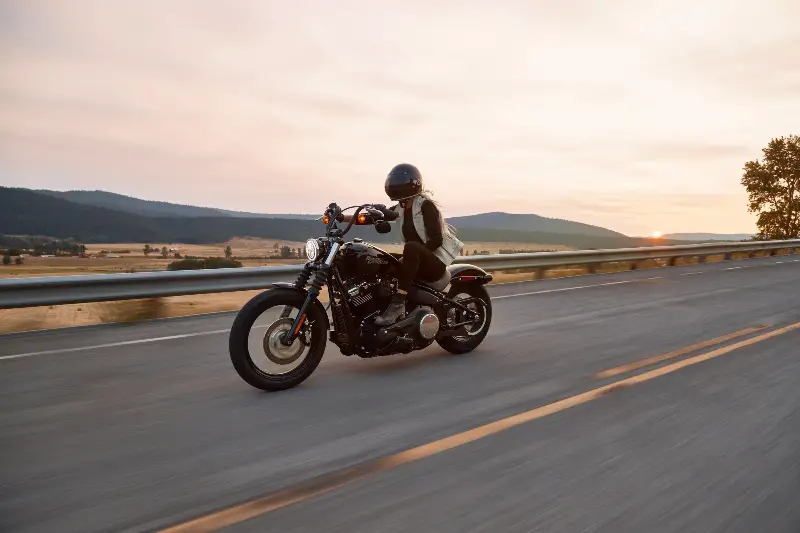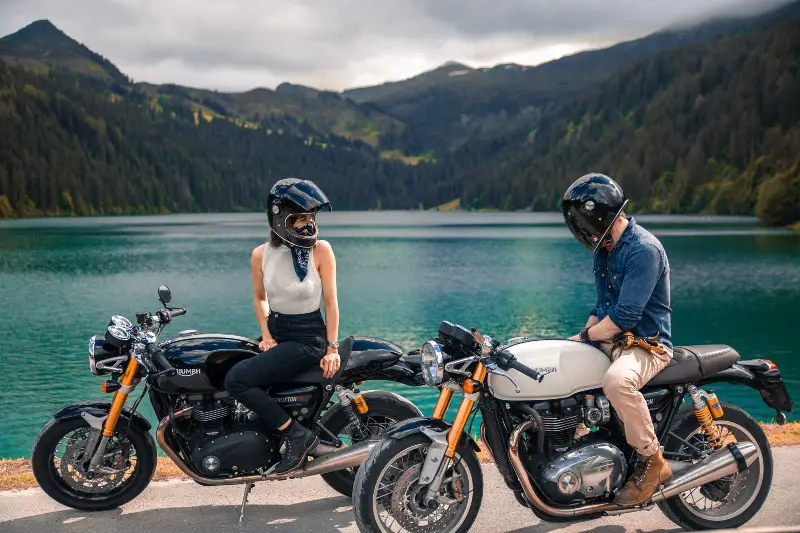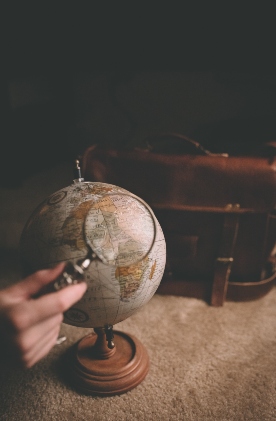Whether it be riding through the mountains that comprise the Alps or cruising along the coastlines of Sardinia or Corsica, Europe is the ultimate destination for a motorbike trip. The mix of beautiful landscapes, rich culture and sightseeing opportunities in each European country means bikers are spoilt for choice. There is a lot of preparation needed for a successful journey, so below we have compiled 10 tips to consider.
Tips for a Motorbike Trip in Europe
1. Find the Motorbike Trip in Europe that Suits you
The possibilities are endless for a motorbike trip in Europe. Because this continent is developed and prosperous, the road networks are in fantastic condition and the facilities are world-class. From Southern Spain to Slovenia, riders will thoroughly enjoy their time – soaking up the views and sites around each corner. If you have regions like the Balkans or Brittany on your bucket list, seeing them via motorbike is a unique experience.
Traveling this way gives you more freedom to take backroads, stop at charming villages and not feel stuck to a strict itinerary. Researching the routes in Europe is the first step to planning your dream motorcycle adventure. Depending on how much time you have, you may want to explore one or two countries – or head across several destinations in a slow and steady manner. Groundwork begins by reading blogs and maps.
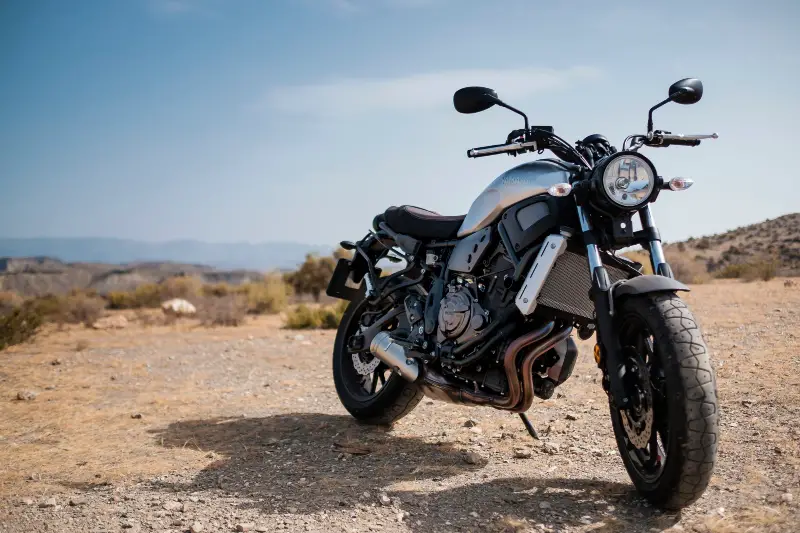
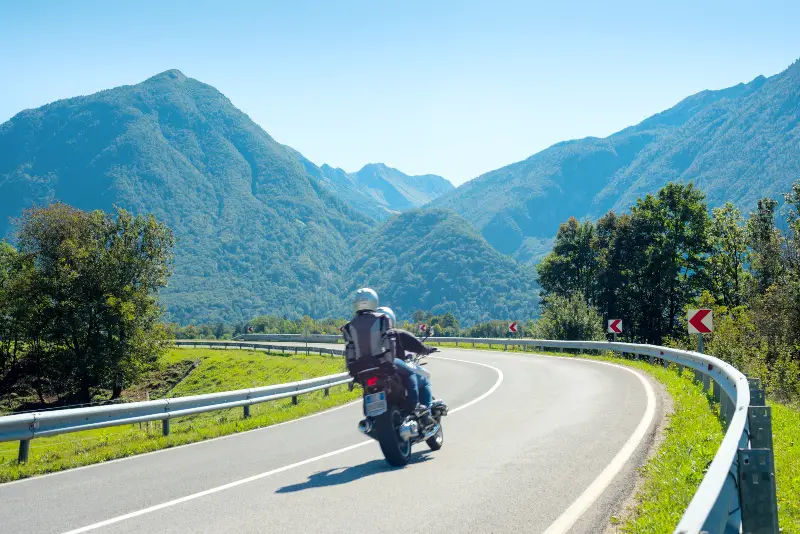
2. Think About the Time of Year you Want to Go
Once you are set on the routes, the next thing to ponder is the time of year you go. A motorbike trip is very different from being inside a car, bus or train – simply due to the fact that you are directly exposed to the elements. Traversing the Swiss Alps in winter, for example, might not be the best idea if you have never navigated through snow before. On the other hand, riding through Portugal during a heat wave may also be very uncomfortable.
Motorcycle trips require the proper safety gear such as helmets, gloves, thick pants and jackets. And the last thing you want is to be arriving at a new city drenched in sweat. For these reasons, the shoulder season of April/May and September/October are suitable months for a Euro trip. The weather is still sunny and warm, but you aren’t confronted with extreme cold or heat. Autumn is a lovely time to see colorful foliage.

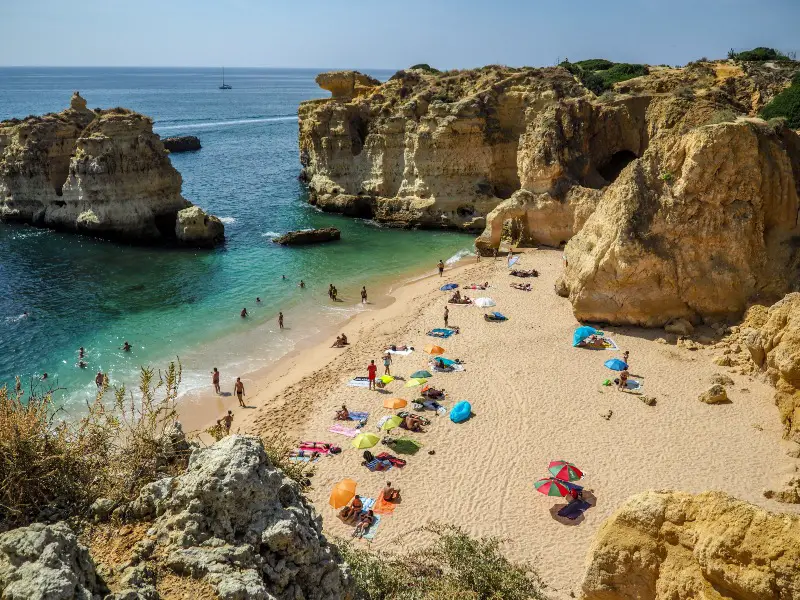
3. Organize Flights & Visas for your Motorbike Trip in Europe
Visitors from overseas will need to book flights to a European city to start their motorbike trip and some might even need to apply for a Schengen Visa. Countries with close ties to Europe like Australia and the US can travel for a maximum of 90 days at a time visa-free, but other nationalities like South Africans and Thai will need to go through the process of applying for a visa. Most applications get accepted, as long as you meet the criteria.
So before you get too involved in the details of your motorbike trip, it’s crucial to get your paperwork sorted. Contact the embassy of the country you will be spending most of your time in and put together an application. Since this might require an in-person interview, it’s best to apply for the Schengen Visa well in advance of your proposed trip. Don’t leave it to the last minute. It could take up to three months to get approved.
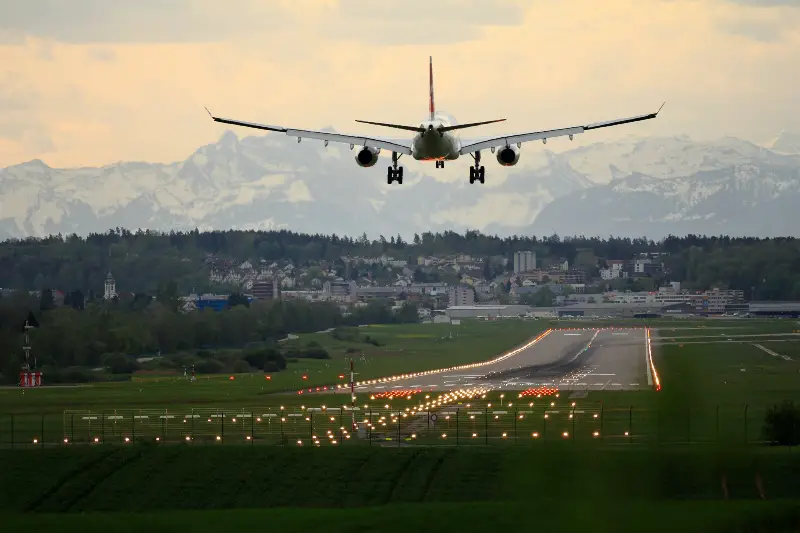
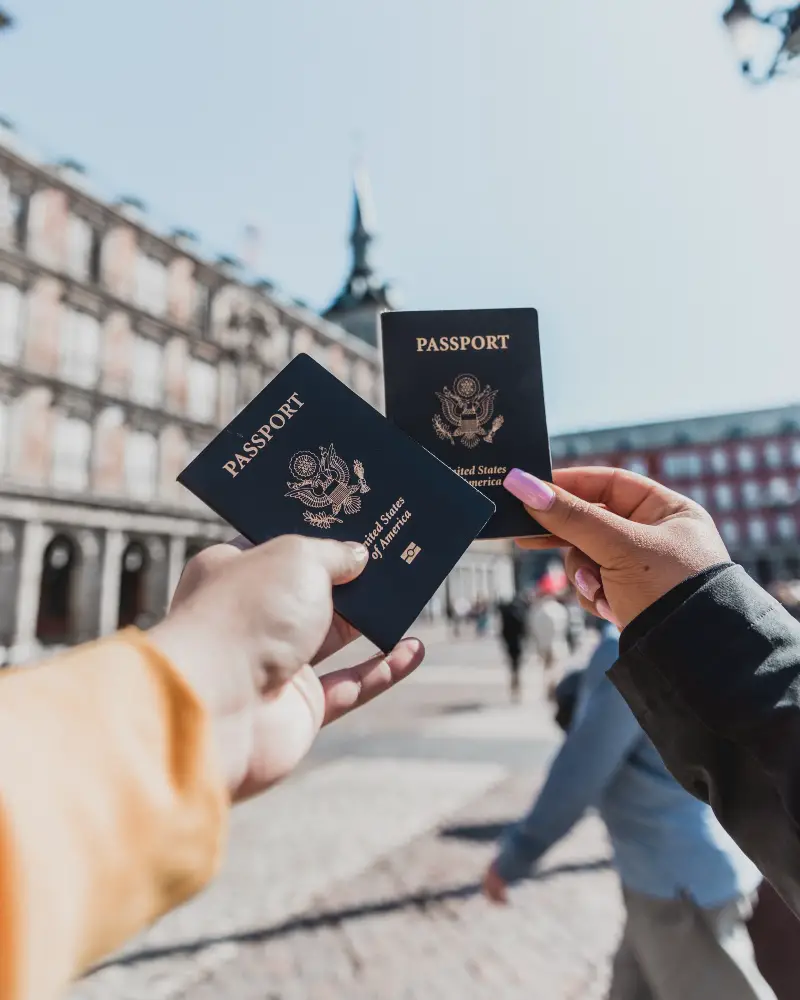
4. Choose an Independent, Self-Guided or Guided Trip
Everyone has their preferences when it comes to traveling independently or seeking the help of a tour agency. Going on your own certainly has its benefits, however it comes with more work: organizing motorbike rentals, booking accommodation, sorting out meals, planning the sightseeing stops, etc. With Moto Tours Europe you can take advantage of their expertise on either a self-guided motorcycle tour or a fully guided one.
You can check out this article, “Awesome Motorbike Tours to Book in Europe for 2023”, to see if any of their tours tickle your fancy for the upcoming year. Their small group trips are limited to 10 bikes per convoy, making each journey an intimate and stress-free experience. Apart from flights and personal spending, all of the costs are covered with Moto Tours Europe. The peace of mind this brings allows you to focus on riding.
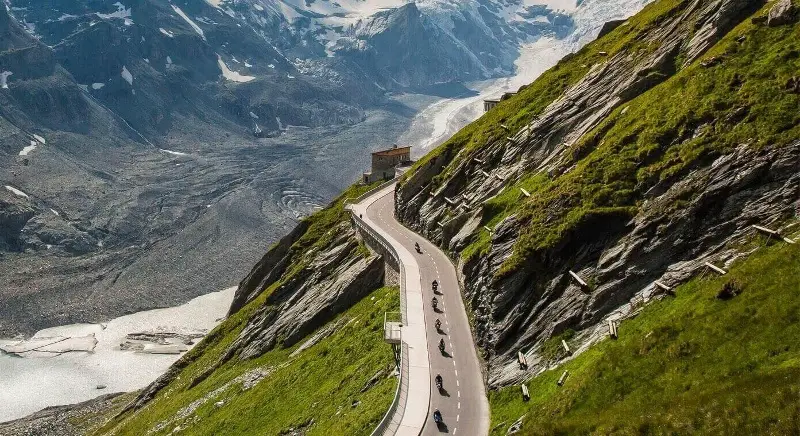
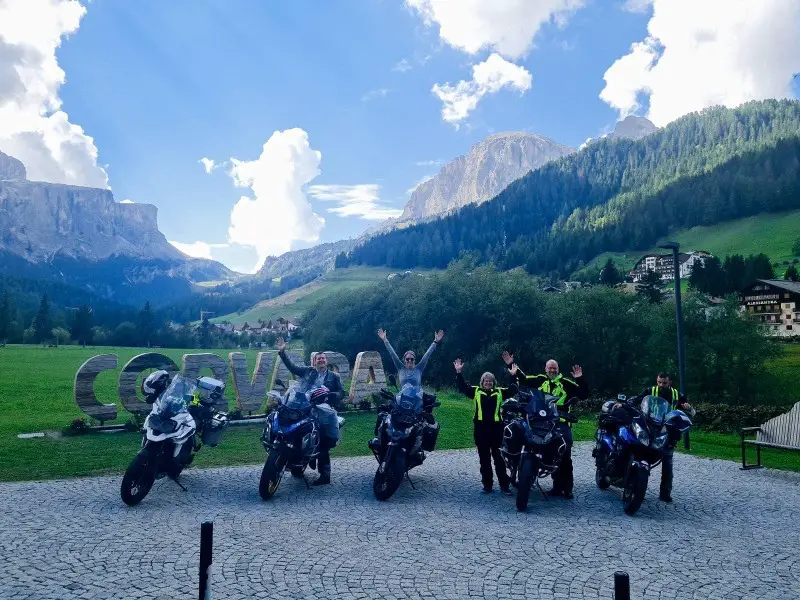
5. Book a Motorcycle Rental or Bring your Own Bike
For those who wish to ride independently, it’s a prerequisite to research the motorcycle rental companies in the city that you are landing in to ensure you can secure the best bikes. This is something that should be done months prior to your trip because it’s not uncommon for all the bikes to be booked (especially during peak season). If you have your own bike and can arrive at the starting point on your own, then this won’t be a problem.
Also, keep in mind that tour agencies like Moto Tours Europe will permit you to bring your own bike. You don’t have to hire one of theirs when you are more comfortable with the vehicle you are accustomed to. By doing this, you will save money on the rental too – making the overall trip more affordable. Shipping your vehicle internationally can be expensive and stressful, unless you ship your vehicle safely with trustworthy shippers.
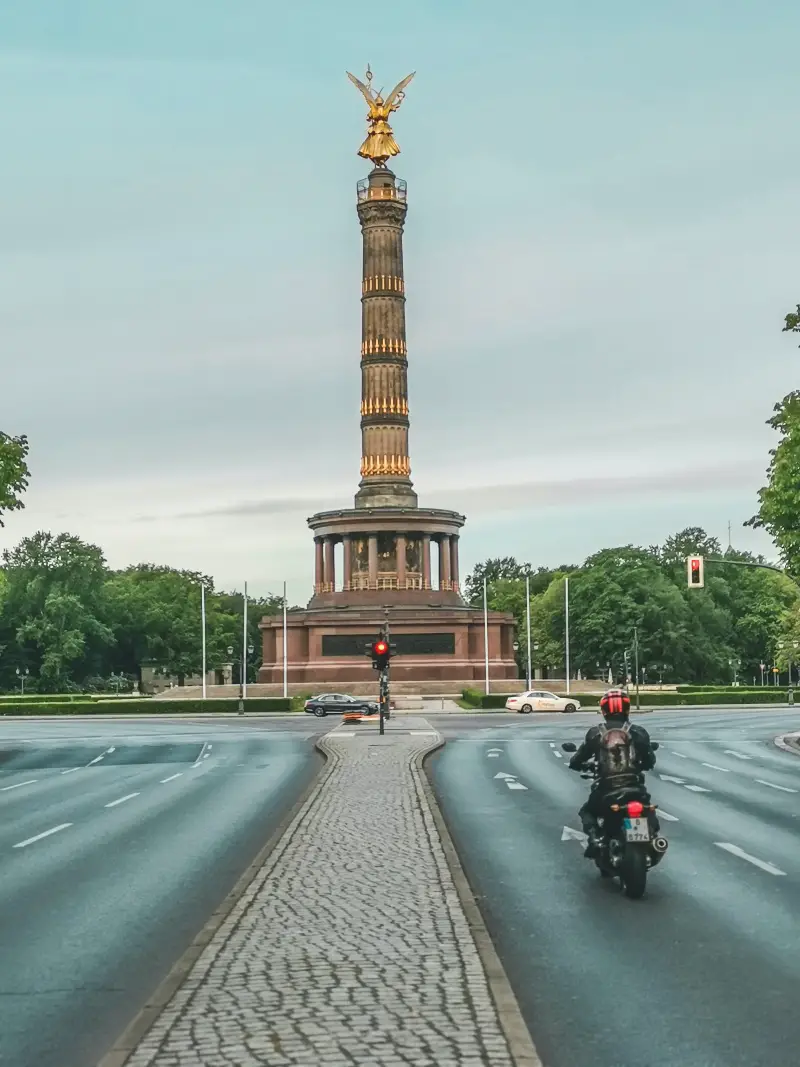
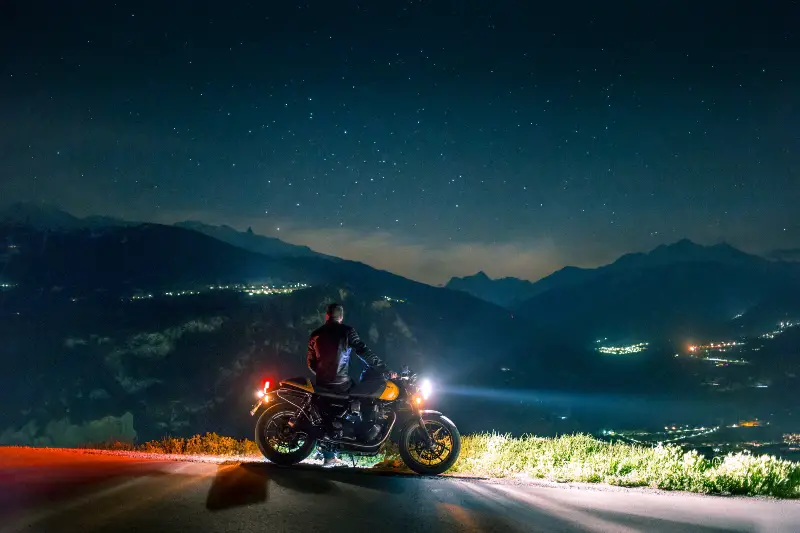
6. Reserve your Accommodation Well in Advance
Having your accommodation sorted before you set off on your motorbike trip to Europe is such a relief – be it as an inclusion on a tour or booked on your own through platforms like booking.com. Knowing that you have a place to rest your head every night is like a weight being lifted off your shoulders. It gives you more time to simply ride and relax, rather than sitting up all night and frantically searching the Internet for places to stay.
With the motorbike providing an unlimited means of transportation, you will be able to book accommodation in cool places like sleepy towns that are off-the-beaten-path and airbnbs in the countryside. This beats just staying in the city centers because you are unsure of how you will get to these hidden gems. A mixture of different hotels, villas, guesthouses, B&Bs, glamping sites, etc. gives you something new to look forward to each night.
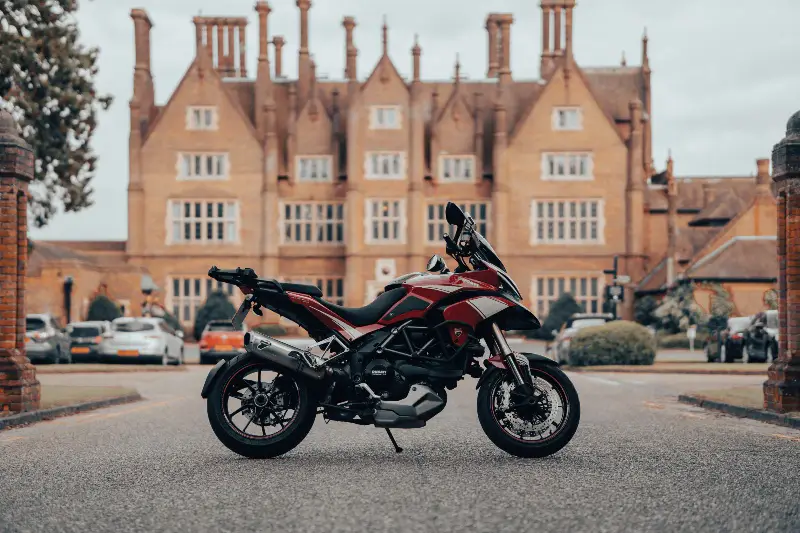

7. Compare Insurance Quotes for your Motorbike Trip in Europe
Another key component to ensuring your motorbike trip in Europe runs smoothly is arranging the proper insurance. Most travel insurance policies cover you health-wise in case of a motorbike accident but you will also want to make sure you aren’t liable for large payments if you crash into another vehicle. With Moto Tours Europe, you will be covered under their motorcycle insurance policy which involves a deductible of up to €2,500.
If you hire a motorbike from a rental company, they will have insurance plans that also include a deductible in the event that an incident occurs. Although no one ever likes thinking about these things, it’s always better to be safe than sorry. You can’t really put a price on your own health, and a relatively modest insurance payment is preferable to forking out tens of thousands of Euros if you seriously damage someone else’s vehicle.
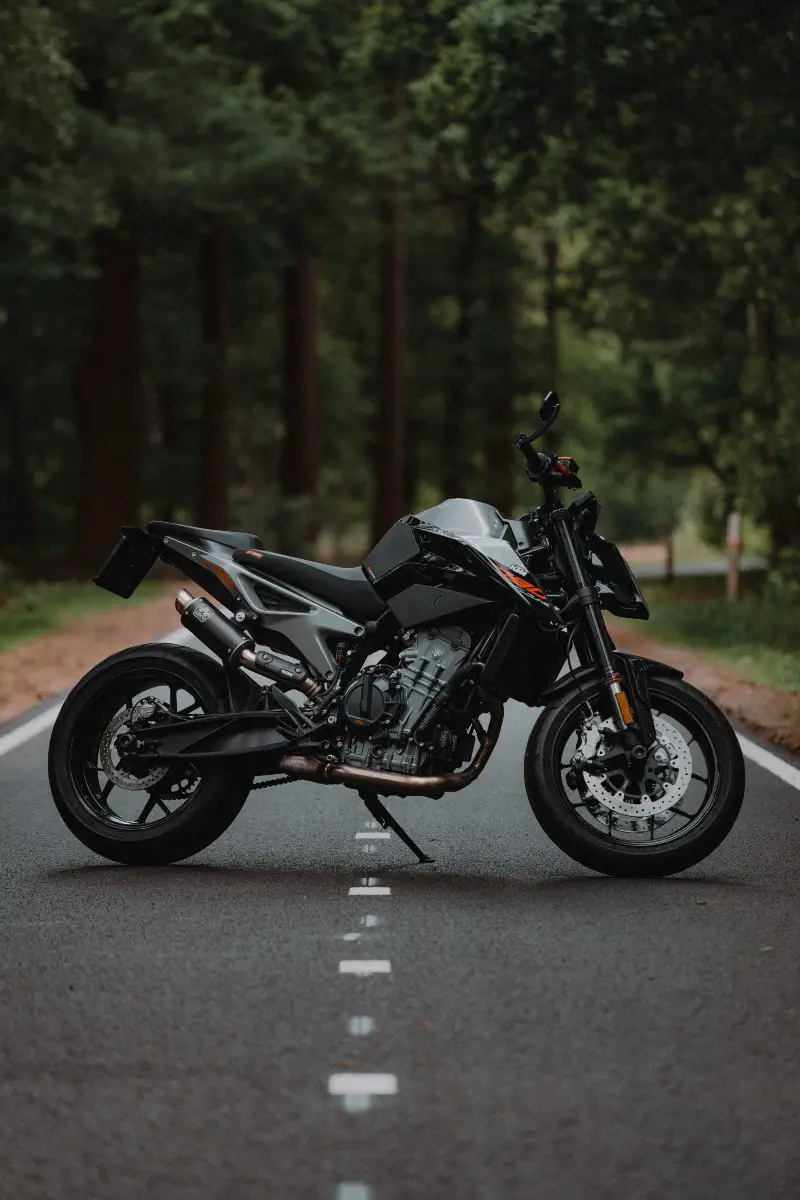
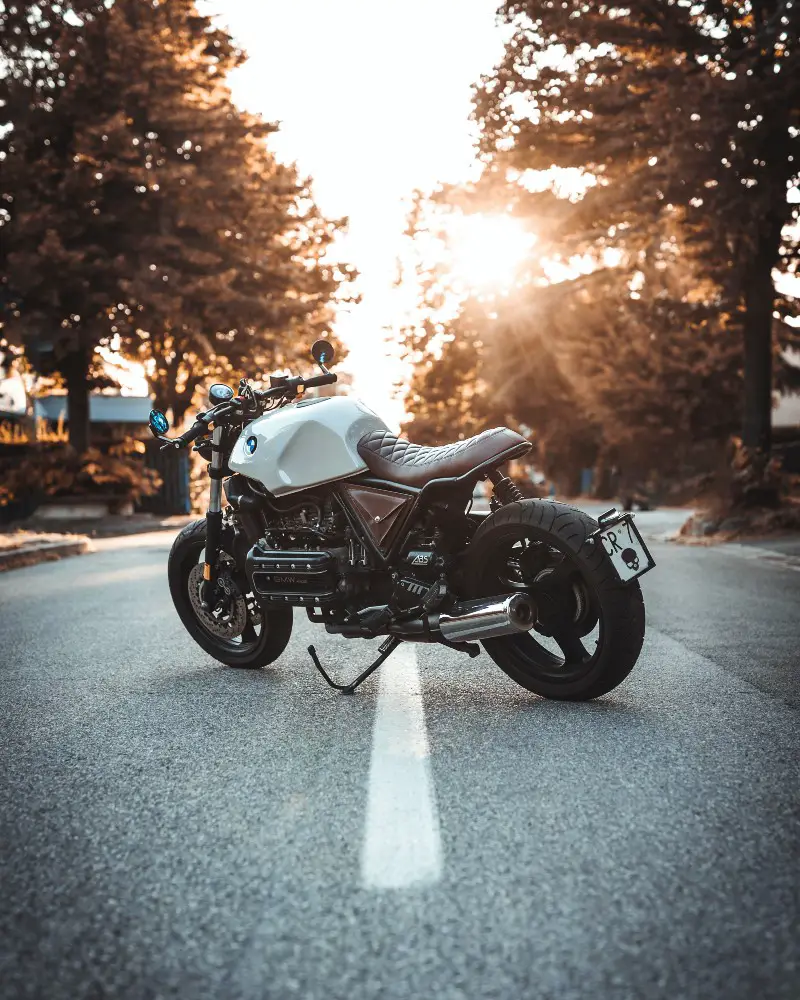
8. Pack the Right Gear for your Motorbike Trip in Europe
Packing your favorite motorcycle jackets, pants, gloves, socks and boots is an absolute no-brainer. You pretty much need to bring everything apart from the bike and helmet. Additionally, it would be sensible to pack different layers of clothing if you are heading through the Alps or any other mountainous area. A rain jacket may also come in handy for the sporadic showers that can occur in Northern Europe (even during the summertime).
Protective padding might make beginners feel more comfortable too, as they are at higher risk. A neck tube or bandanna isn’t a bad idea to keep the wind and sun off your neck. Ear plugs can help you block out the loud noises that accompany motorbikes – this will interest people who have sensitive or impaired hearing. And lastly, bring your International License if it’s essential for hiring a bike or driving legally in your chosen destination.
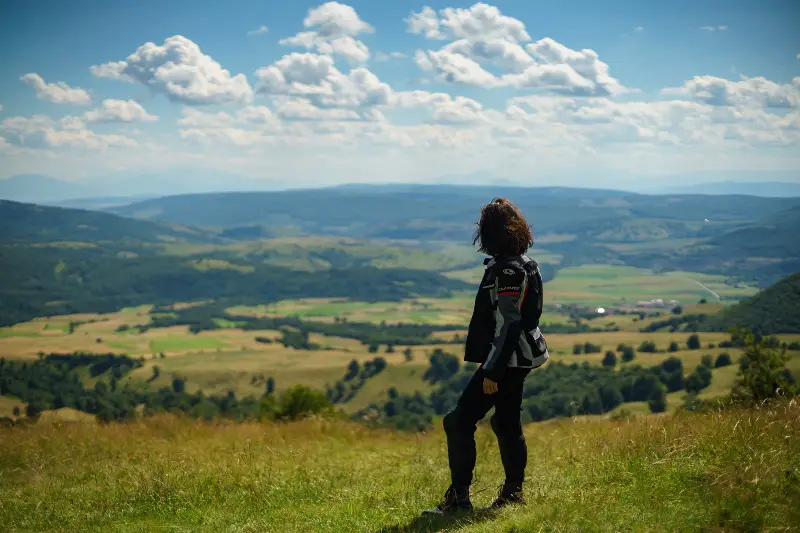
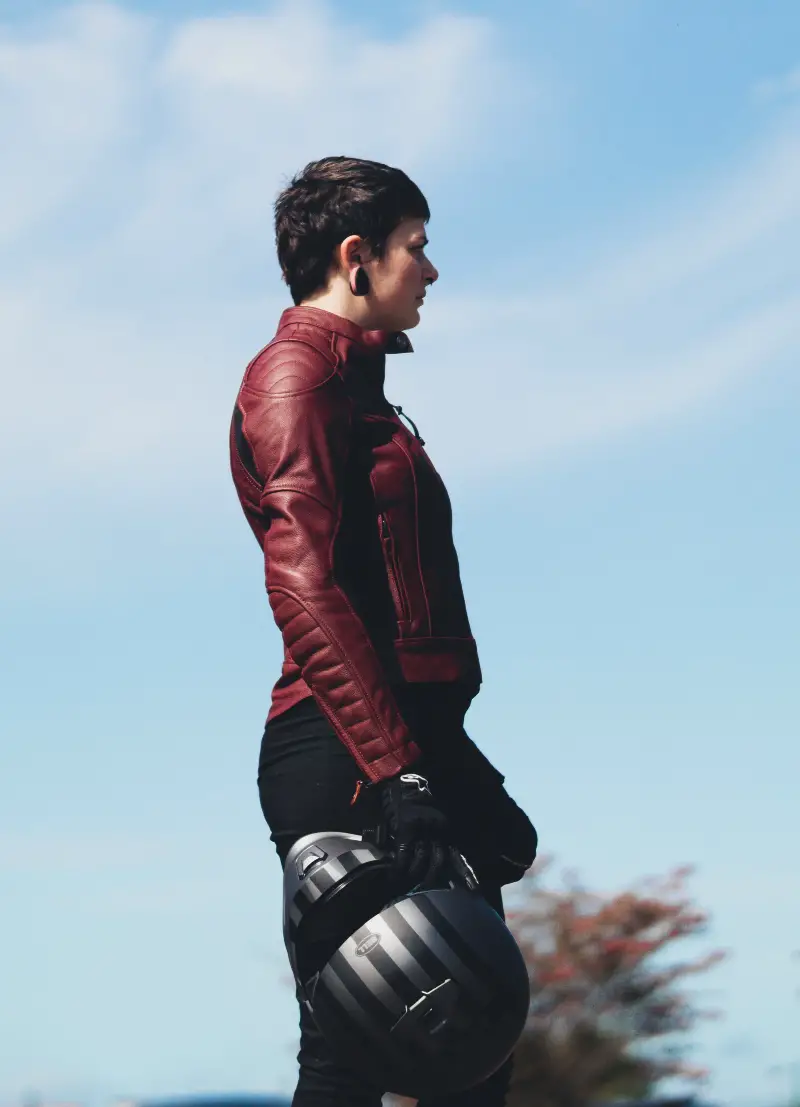
9. Learn the Road Rules of Each European Country
With the exception of a handful of countries – the UK, Ireland, Cyprus and Malta – driving is done on the right hand side of the road in Europe. This takes a little while to get used to if you hail from Australia or New Zealand (for example) where they drive on the left. Apart from that, the road rules here are the same as anywhere else. You need to follow the speed limits, keep a safe distance from other drivers and indicate properly when turning.
In certain zones on Germany’s autobahns, motorcyclists can ride as fast as they want. Although the government recommends a max of 130 km/h. The autobahns come with several lanes which you can slot into to find your ideal speed. Even when riding at 130 kmh, it’s a common occurance to have sports cars fly past you in the fast lane. It makes you feel like you are riding at 50 km/h, even though you are clocking up 80 km/h more.
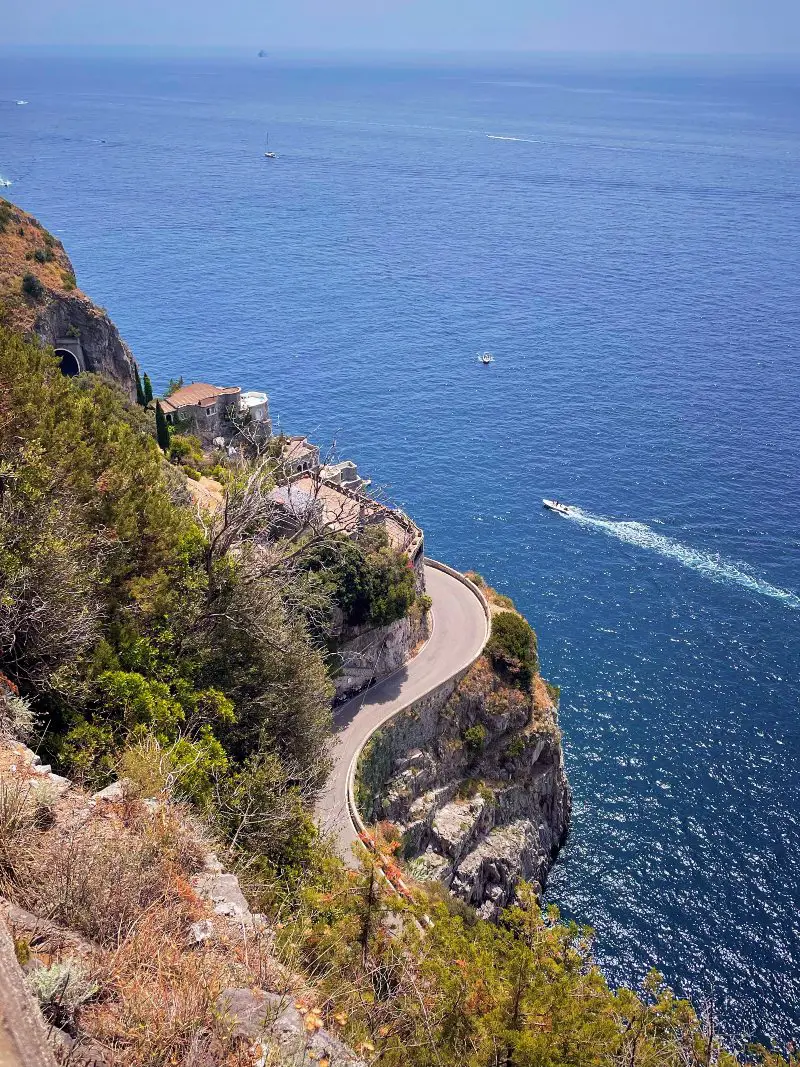

10. Go on Practice Rides Before your Motorbike Trip in Europe
Nothing quite prepares you for riding through the twists and turns of the Alps (for instance, if you choose this area for your trip), but if you can try to do a couple of practice runs at home before you go. This is especially important for beginner or intermediate bikers who lack experience. The more hours you have on the road, the more confident you will feel in tackling some of Europe’s most challenging and prestigious routes.
Some motorcycle journeys in Europe require long days of riding – between six and eight hours per day – so if you aren’t accustomed to that, make sure you start to practice longer durations. It’s one thing to be confident in riding for 100 kms or 200 kms each day but when you get close to 500 kms each day, the fatigue that sets in can be a real danger. Taking regular stops is vital to conserve your energy and focus, and stay safe throughout.
